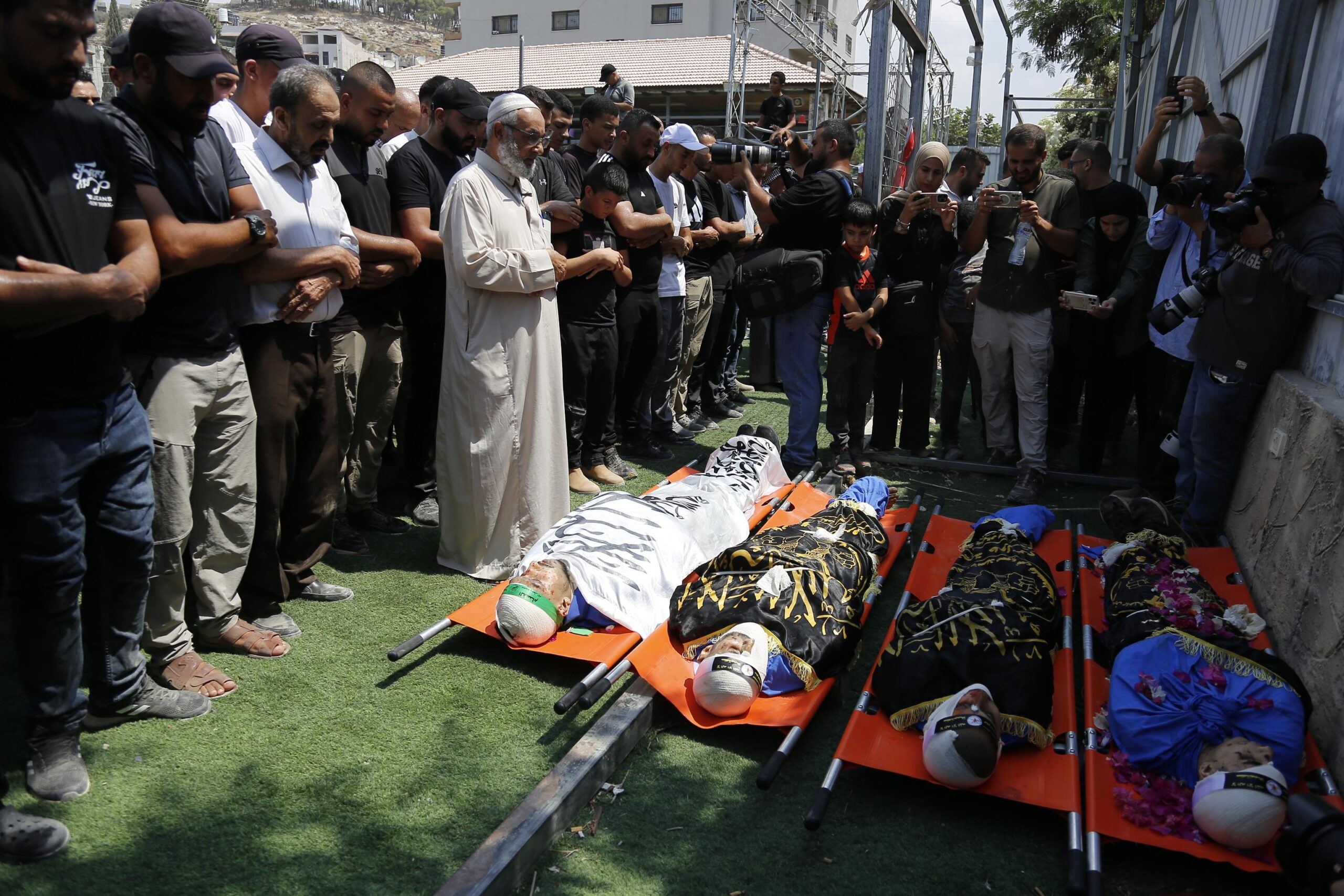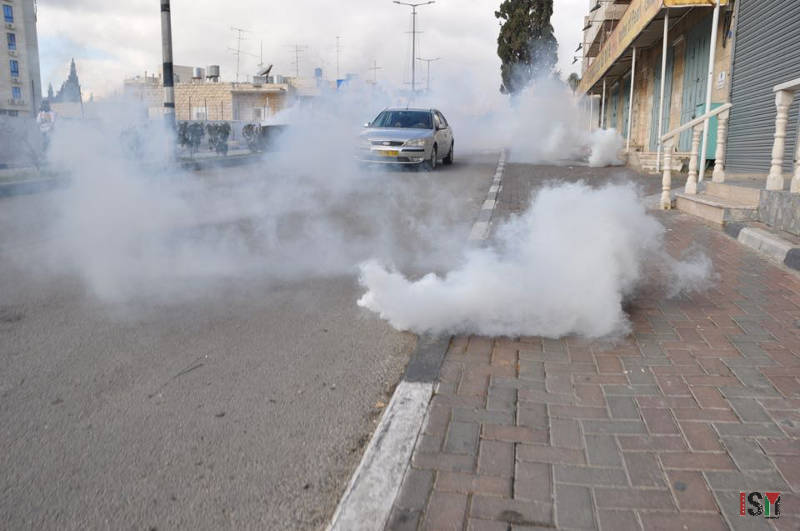Tag: Aida refugee camp
-
Another Crime of the Israeli Occupation: Five Killed in Nur Shams Camp
28 August 2024 | International Solidarity Movement | Tulkarm Camp *Nur Shams Camp – Tulkarm – West Bank* *27-Aug-2024* *By Diana Khwaelid* On the evening of Monday 26, Israeli occupying forces carried out an aerial bombardment through an Israeli drone strike on one of the houses in the Nur Shams refugee camp, northeast of the…
-
The ‘Beautiful Resistance’ of Aida Camp – “People cannot tolerate injustice for eternity”
Tucked within the antiquated corridors of the municipality of Bethlehem, there lies Aida Camp, established 1950. The densely populated cement structures, thinly outlined by narrow passageways, are a living summation of the occupation of Palestine itself. Scraping elbows with the massive checkpoint pathway between Bethlehem and Jerusalem, hedged by the West Bank apartheid separation wall…
-
Israeli violence continues as Palestinians protests against the recent killing of Srour Ahmad Abu Srour in Bethlehem.
January 17th 2016 | InternationalSolidarity Movement | Bethlehem, occupied Palestine This Friday, on the 15th of January, hundreds of Palestinians gathered on the main street of Bethlehem to protest against the recent killing of Srour Ahmad Abu Srour, who was killed by Israeli forces in nearby Beit Jala last Wednesday. Israeli forces fired tear gas, rubber-coated…



